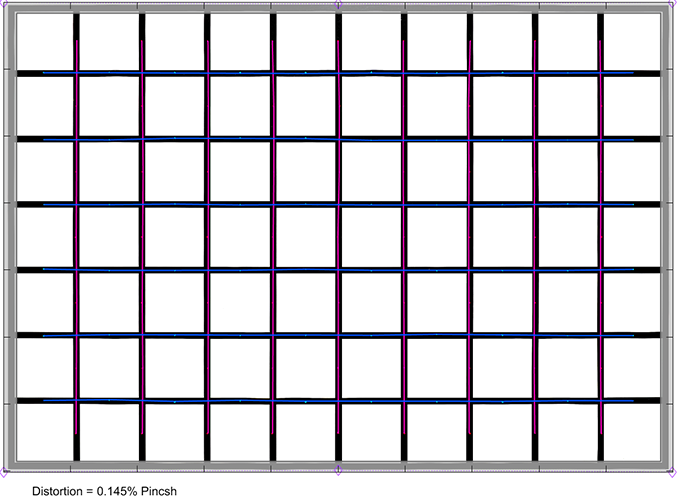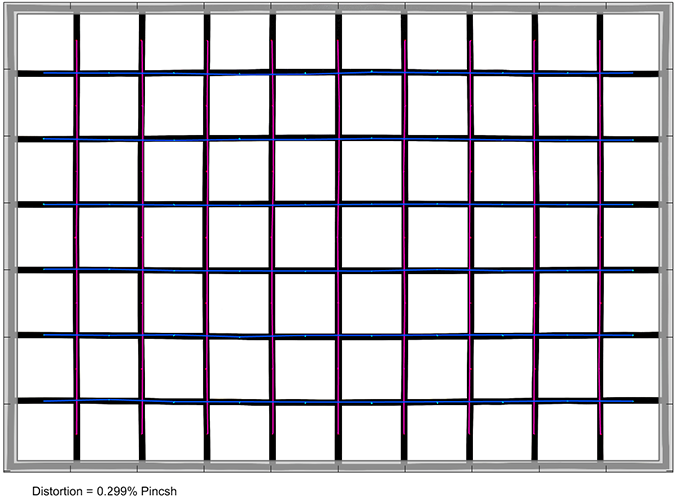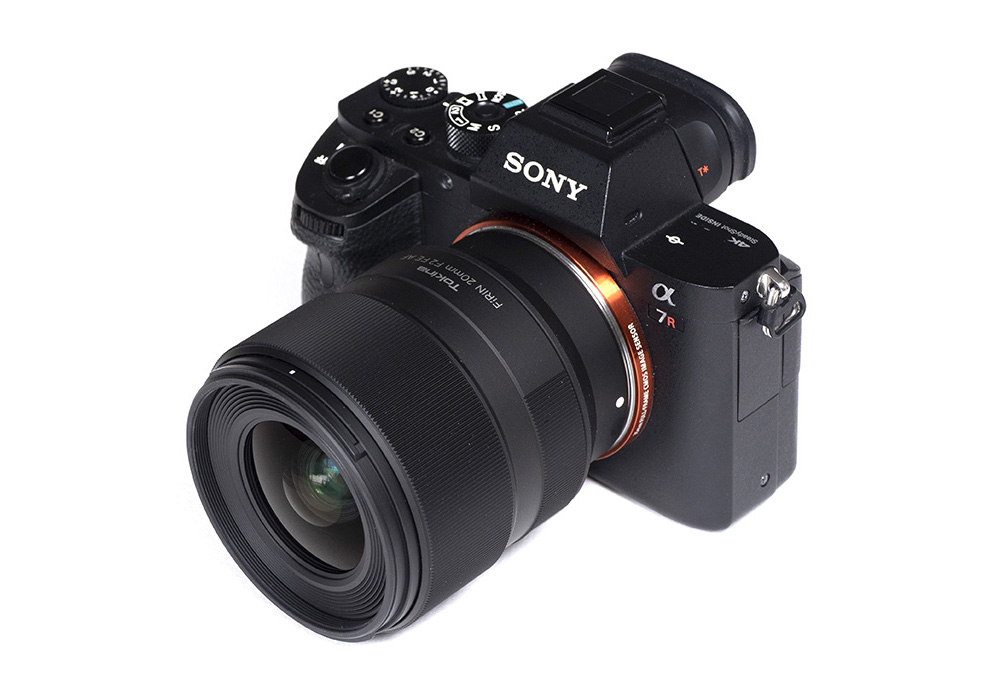by Klaus Schroiff, published June 2019
Introduction
As far as ultra-wide lenses are concerned, all the rage is about going even more extreme. A few years ago, 16mm was considered to be the far wide end. Then 15mm, 14mm and now even 10mm lenses are available.
However, does this make sense? In a moment of honesty, we probably have to admit that 18mm – and maybe even 20mm is really in the mainstream spot in this lens segment providing images that are still wide without the artificial look.
Tokina obviously thought along the same lines and released two lenses here – the Tokina FíRIN 20mm f/2 FE AF and MF for Sony FE mount. They share the very same design and only differ mechanically with the AF version (tested here) targeting photographers and the manual focus version meant for video (including de-clicked manual aperture ring). Price-wise you should be able to buy the AF lens for around 900USD/EUR. The MF version is ca. 200USD/EUR more affordable.
The mechanical quality is of the Tokina lens is impressive. It’s a simple yet beautiful all-metal construction. The physical length remains constant throughout the focus range (internal focusing system). Tokina abandoned the somewhat dated focus-clutch mechanism in favor of a modern AF/MF integration similar to what you can find on Sony lenses. You may have noticed that we are talking about a f/2 lens here – thus it’s faster than most lenses in this range. Keeping this in mind, the lens size is surprisingly small and light-weight and it matches nicely with the Sony mirrorless cameras. A petal-shaped lens hood is provided as part of the package.

Autofocusing has always been a bit of a weak spot with Tokina lenses and this also applies here. The speed is rather slow by contemporary standards. However, in this lens segment, the aspect is more surprising rather than really relevant. Manual focusing works “by wire” thus you drive the AF motor by turning the lens. The coupling is very indirect. If you do precision focusing, you sometimes have to turn the focus ring a lot till you actually see some focus action. If manual focusing is on your priority list, you may be better off with the Tokina FíRIN 20mm f/2 FE MF. The Tokina lenses are compatible with Sony’s in-body image stabilization system as well as image auto-correction.
| Specifications | |
|---|---|
| Optical construction | 13 elements in 11 groups including 2xAspherical & 3x SLD elements |
| Number of aperture blades | 9 (rounded) |
| min. focus distance | 0.28m (max. magnification ratio 1:10.3) |
| Dimensions | 73.4×81.5mm |
| Weight | 464g |
| Filter size | 62mm |
| Hood | petal-shaped (bayonet mount, supplied) |
| Other features | – |
| Mount | Sony FE |
Distortion
Prime lenses tend to produce minimal image distortions and that applies to the Tokina FíRIN 20mm f/2 FE AF as well – mostly at least. Technically the distortions are very low but there’s a wavy sub-frequency. That being said things are perfectly straightened out with image auto-correction.


Vignetting
Tokina shares a weakness with most fast lenses – high vignetting at maximum aperture. At around 3EV (f-stops) the light falloff is very obvious at f/2. Stopping down reduces the issue but it remains visible unless you activate image auto-correction. In this case, the vignetting is acceptable at f/2 (1.5EV) and mostly gone from f/2.8 onward.

MTF (resolution)
The Tokina FíRIN 20mm f/2 FE AF does a fine job in terms of resolution albeit it’s not perfect – which is hardly surprising given the fast ultra-wide character. The most stunning aspect is the excessive sharpness in the wider center zone of the image field. The results are pretty much perfect here and between f/2 and f/5.6, the lens is surely capable of outperforming the 42-megapixel sensor of the test camera in this zone. The quality drops towards the borders/corners, of course, with f/2 as a weak spot. The borders are still Okay at this setting but the corners are soft. Stopping down to f/2.8 helps but better choose at least f/4 for good results. The sweet spot of the lens is reached between f/5.6 and f/8 with very good to excellent borders and very good corners. f/11 remains perfectly usable. Beyond diffraction has a more significant impact.
The field curvature is minimal. The centering quality of the tested sample was good.
Please note that the MTF results are not directly comparable across the different systems!
Below is a simplified summary of the formal findings. The chart shows line widths per picture height (LW/PH) which can be taken as a measure for sharpness. If you want to know more about the MTF50 figures you may check out the corresponding Imatest Explanations

Chromatic Aberrations (CAs)
On Sony cameras, you don’t really have to worry about chromatic aberrations due to image auto-correction. However, if you prefer to disable this, the CAs remain below disturbing limits. Please note, however, that color blooming effects can be seen in extreme contrast transitions at f/2.

Bokeh
Wide-angle lenses tend to have a very rough rendition of out-of-focus areas. While we haven’t “formally” tested the aspect, the field results indicate that the Tokina FíRIN 20mm f/2 FE AF is better that most lenses in this class. Edge-transitions are pretty smooth, for instance. Below are two sample images taken at f/2 (also available in full-size format on the next page).


Stars & Flare
Another aspect sometimes asked by readers is whether a lens can produce star effects with strong light sources. The image below was taken at f/11 and, as you can see, the sun is showing rays indeed.
The image is also showing some flare effects. Now please note that there is no lens which is free of flare and glare. You can pretty much always find an angle where strong frontal or stray-light produces side effects.
The Tokina produces some greenish blobs here which is not real but this is still better than rainbow colors that we have seen elsewhere.

Sample Images
Competition
As far as the competition is concerned, two lenses come into mind – the Sigma 20mm f/1.4 DG HSM ART (center) and the Zeiss Batis 18mm f/2.8 (to the right). Even though the Sigma & Zeiss are shown with their lens hood, it should be immediately obvious that the Tokina is the smallest of the gang. Generally, while in a similar price range, we weren’t all that impressed by the Sigma in our Canon EOS test but if speed is all that counts, it is a … ridiculously big … option. Keep in mind that the Sigma is really a DSLR design that has been adjusted for mirrorless use – which is a little cheap, to be honest. The Zeiss is obviously wider but slower. Performance-wise it has quite some appeal albeit you will have to pay the usual Zeiss premium for it. The Zeiss Loxia 21mm f/2.8 (not shown) is a natural competitor to the Tokina FíRIN 20mm f/2 FE MF but, again, it resides in a very different price league.

Visual comparison courtesy of camerasize.com.
The Tokina FíRIN 20mm f/2 FE AF combines many qualities that we like on prime lenses - thus it is faster than zoom lenses and capable of delivering a very high performance, mostly at least. The most impressive quality is the sharpness in the wider center zone even at large aperture settings. However, the image corners are soft at f/2. While this is pretty much irrelevant for shallow depth-of-field photography, it is not ideal for astrophotography for instance. The outer image field improves nicely at f/4 and it is very sharp if not excellent in the sweet zone between f/5.6 and f/8. The field curvature, often a problem with ultra-wide lenses, is very moderate. Image distortions, as well as CAs, are very low. The vignetting is a bit on the high side at f/2. However, most will prefer to leave image auto-correction activated which will care about most of this. A surprise is the high quality of the bokeh. Most ultra-wide lenses have a rather rough characteristic here but the Tokina is better than most. Flare can be an issue in difficult scenes.
The build quality follows a Tokina tradition by relying on an all-metal body and a smooth focus ring. Unfortunately, weather-sealing is missing. The AF may rely on a ring-type ultrasonic motor but don't expect light speed. It's rather sufficiently fast for a lens in this class. Sony's DMF, as well as in-body OSS, are supported. The Tokina FíRIN 20mm f/2 FE AF illustrates how mirrorless prime lenses should be - compact and light-weight and that's despite a comparatively fast speed. It doesn't feel alien on a small Sony camera. We hope that other manufacturers will also embrace this concept really. Combined with the impressive peak performance, the Tokina is a highly attractive option in this market segment. Tthe price may not be low but it's still fair considering the large max. aperture.
-
Optical Quality
-
Build Quality
-
Price / Performance


